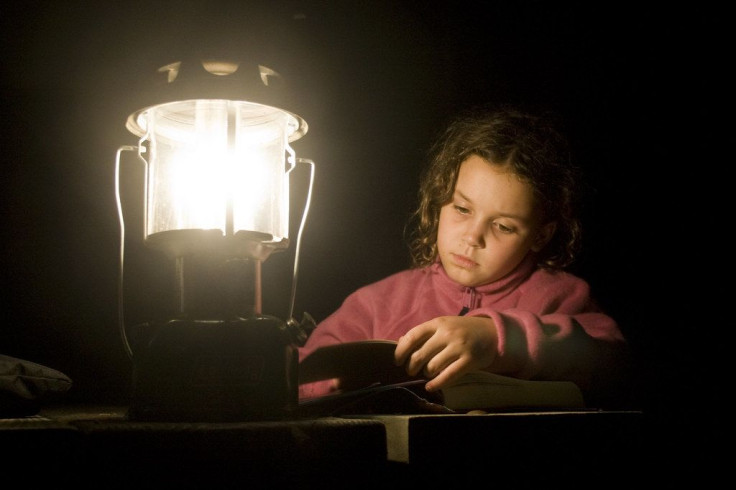Surviving a Power Outage: A DIY-er’s Guide

Shoveling snow is bad enough -- those of us along the Atlantic Coast getting caught up this nasty nor’easter can attest to that. But add a power outage on top of the joys of back and shoulder pain? Life just couldn’t get any better ...
For those of you who like to take life as it comes, more power to you. For those who believe a little preparation is a true agita saver, we offer the following:
Consider heading to your local hardware store with about $20 in your pocket. The purchase: pipe insulation. The EPA provides a step-by-step, how-to guide on insulating your hot water pipe. Numerous websites tout the importance of this kind of preparation. You will save energy.
If you can’t get out, you can use some household aluminum foil to protect the heat in the water pipes.
Power outages can last for days, so stocking up on any cash you’ll need ahead of time can be a smart bet.
Remember incense? Who knew it could serve other purposes, but here it is: Light a stick and carry it from window to window, door to door. If the smoke disappears, you have a leak. A little caulk can work wonders, as can spray foam and weather stripping.
If you haven’t opened up the outside spigot to a nice little drip, now is a real good time to do it. The built-up pressure could make the pipe burst its contents. Pipes can freeze inside the home as well.
Send your kids on a treasure hunt to find all the flashlights (or lanterns) they have played with and forgotten to return. And find batteries, too. No lit candles; too risky.
Do not use your gas heater or fireplace for heat unless there is plenty of ventilation in the room.
Did you put gas in your car? Good. Gas stations also use electricity to power their pumps, so what you have could be a you’ll have for a while.
And now, for food: If you’re stocked with food that does not need refrigeration, excellent. If you haven’t, then refrain as much as you can from opening the doors to the refrigerator and freezer. Having a thermometer in both sections can help you decide what to toss when power is restored. Anything that is 40 degrees or over needs to go. A freezer’s contents can stay frozen (undisturbed) for 48 hours. A refrigerator, about 4. Storing immediate needs in coolers can help protect what’s in the fridge.
For keeping your cellphone charged, you can always use your car’s sockets to help, but there’s another choice that won’t require leaving the house: invest in an external backup battery (also called a powerbank or juice pack.) Depending on the size, these can pack enough power to recharge your phone and other devices at least once, if not several times over-- as long as you charge them up before the storm.
If the power stays out long enough that you need to leave and your dearest aren’t your nearest, there ’s a quick and easy way to find the closest shelter: just text SHELTER + your ZIP code to 43362 (4FEMA).
Eventually, power will come back. While you’re waiting for that to happen, unplug everything that is not vital. The reason: there could be a power surge when electricity comes back, and that could damage your computer or the motors in appliances. Surge protectors aren’t a bad idea, either.



























